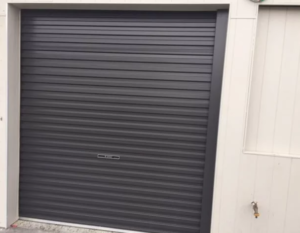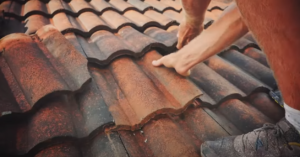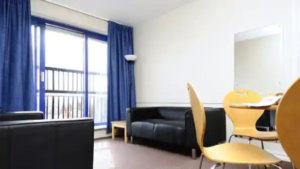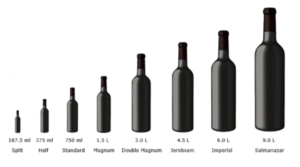Fence – Learn how to put up a mesh
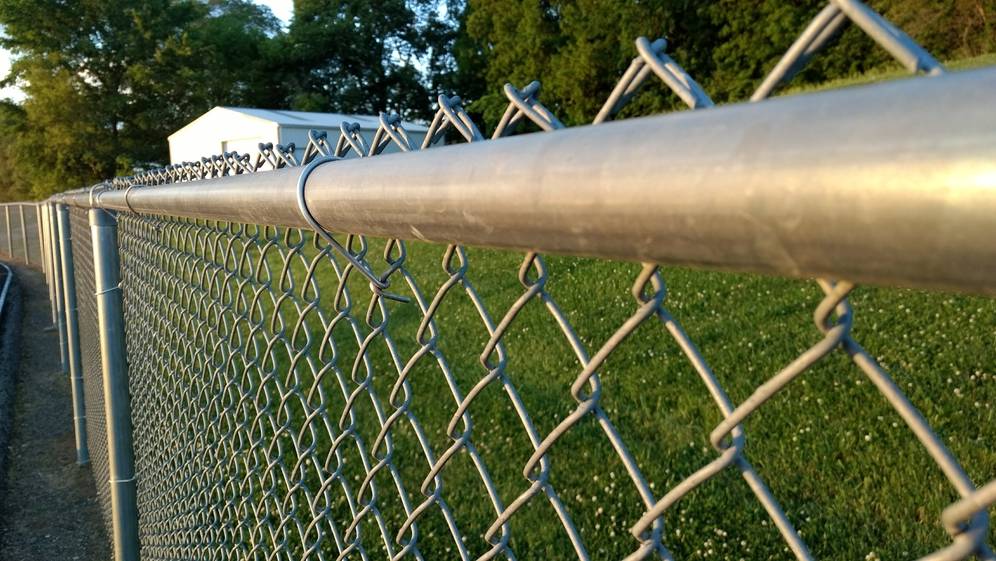
A mesh fence may not be particularly desirable in terms of aesthetics, but in return, it does not cost much and you can easily put it up yourself. Fence nets are usually used to surround unfinished construction sites and to protect private recreational areas, but they can also be used to enclose a property that is inhabited all year round. This type of fence can be durable. However, the condition is its correct installation.
It is worth preparing properly for the work related to erecting a mesh fence. The first step should therefore be to guide its course and to take measurements around the perimeter of the property. This will allow us to purchase the right amount of materials needed. The main ones include:
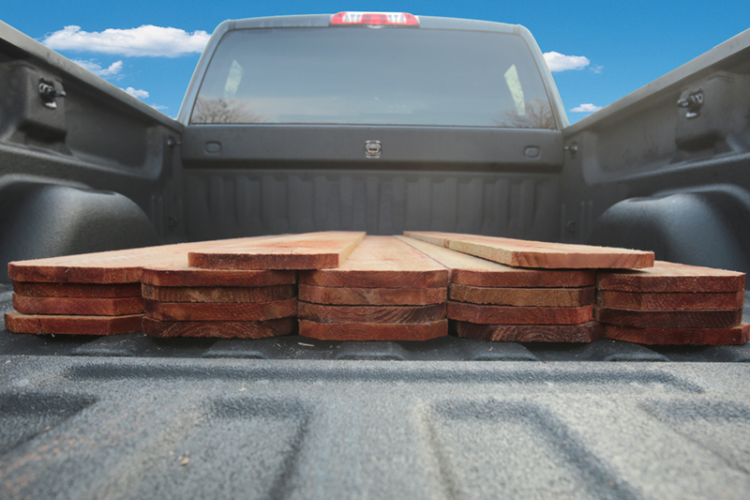
- wire mesh (galvanized or PVC coated);
- starting posts (for use at the fence gate);
- corner posts (for installation in the corners of fenced areas);
- intermediate posts (their number should correspond to the perimeter of the plot; these posts should be at a distance of 2-3 meters from each other);
- wire tensioning the mesh from above and below;
- wire tensioners (to be mounted on each mounting post);
- concrete ( mesh fencing is best mounted to a concrete foundation, a good solution is also setting the posts into the ground).
Foundation for a mesh fence
Some DIY enthusiasts install fence posts directly into the ground. This is a bug and only a temporary solution. It can only work wherein a year – two it is planned to build a target fence made of other materials. The most durable meshes are those mounted to the foundation. However, it should be noted that the execution of the foundation on the overall foundation significantly increases the investment costs.
People who want to save a bit financially, concrete mounting posts into the ground. After designating the places for them, holes should be dug 80 – 120 cm deep and 30 cm wide. The trenches are poured over with concrete and the posts are gently set and stabilized. Of course, it is necessary to precisely level the fence structure. The most durable meshes are those mounted to the foundation.
Supporting structure for the fence mesh
Installation work on the construction of the mesh fence should begin with embedding the starting and corner posts in the dug holes. It must be remembered that these elements require additional support. The supports are mounted at an angle of at least 45˚, fastening them with special hooks at about 2/3 of the height of the posts. Then the intermediate posts are seated. When the entire structure is stable, the holes are poured over with a concrete mix. It can be poured directly into the ground, but it is much better to use wooden formwork for the above purpose.
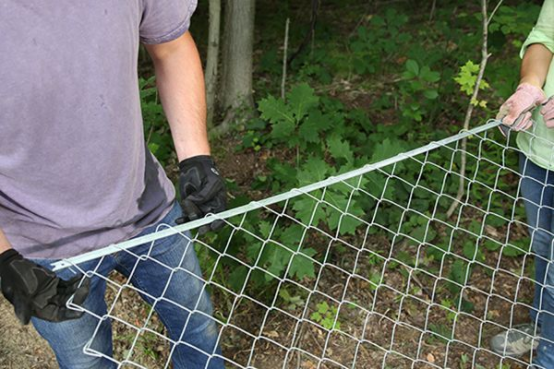
It should be remembered that the consistency of the concrete should be fluid (it must penetrate each joint thoroughly). Let’s not forget about the necessity of care. It is indispensable for the creation of all concrete substrates. After pouring, they should be sprinkled with water for several days and secured with an insulating foil. Concrete has to dry slowly. Therefore, further activities related to the installation of the fence will be possible only in about a week from the moment all the posts are put in concrete.
Installation of the tension wire
No mesh will be stable without reinforcing it with tension wire. Therefore, the next step to be performed after the concrete has dried is to install the tensioning elements. Tension wire is best used at the bottom and top of the mesh and in the middle of the mesh height. Economical investors may opt out of indirect wiring. However, the lower and upper ones are already necessary. The wire is attached to special tensioners, which must first be on the starting and corner posts. Metal fastening bands can be used on the intermediate posts.
Installation of the tension wire starts from the bottom. Its ends are inserted into the eyelets in the tensioner and tightened firmly with a bolt. It is best to pull the wire on both sides at the same time, i.e. attach it to both tensioning bolts at the same time. Then it will not break off and will be optimally stretched. Two people are required for the above purpose.
Fastening the fence mesh
When the tension wire is properly attached to all the fence posts, you can start tensioning the net. Its correct positioning is determined by the tensioning bars that should be used on each starting post and on both sides of each corner post. The net put through the rod and fixed with special screws, looks aesthetically, does not deform, and is relatively resistant to damage.
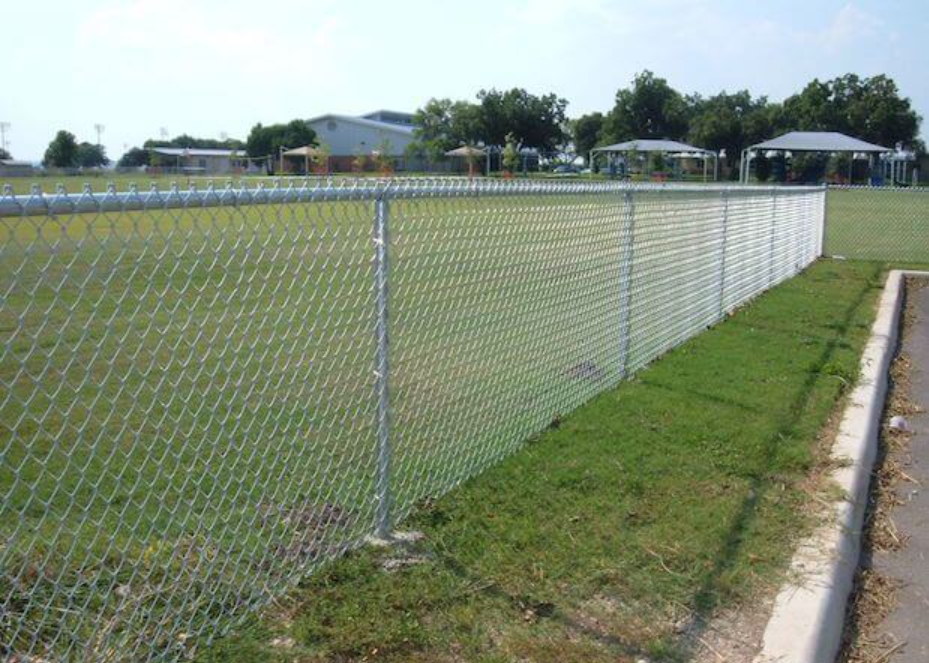
Two people are also needed to assemble the net. It is tensioned by hand and secured to all intermediate posts with a spliced wire. The net must be stretched so that the level of its tension is appropriate at every point of the fence. It should be monitored on an ongoing basis during work and any shortcomings should be removed, because subsequent corrections may be impossible.
Finally, the mesh is attached to the tension wires. The stranding wire is also used in this case. At this stage of work, the greatest care is required at the top and bottom of the fence. For it to be rigid and suitably stable and durable, the connections to the tension wire must be made solidly. If a wire is also used in the middle of the mesh – attach it to it as well. It will certainly be an additional reinforcement of a self-made fence.

